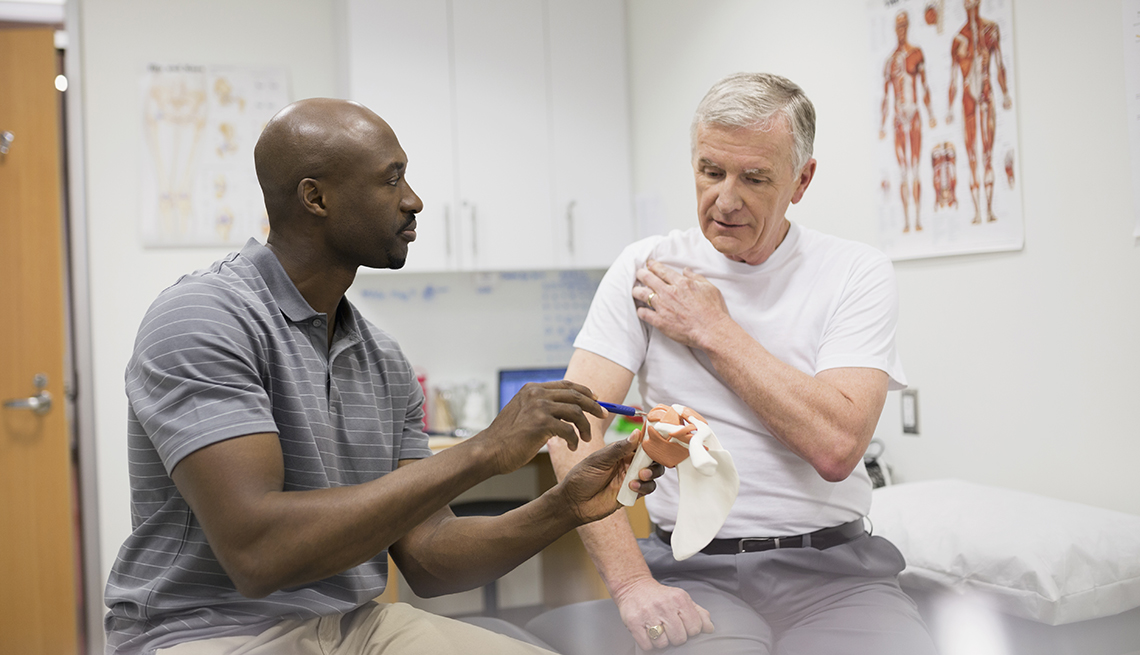In numerous cases, patients with joint discomfort or injuries often experience a reduction in mobility. For instance, disorders like arthritis can limit how much a joint can move, making it challenging for individuals to perform activities such as walking or climbing stairs. Physical therapists often concentrate on activities that increase range of motion through flexibility work and strengthening. These activities can help reestablish the range of motion, making it easier for clients to engage in their everyday tasks. Nonetheless, increasing range of motion without considering stability can lead to additional injuries, highlighting the necessity for a balanced approach.

Stability is equally crucial in rehabilitation. When a joint is deficient in stability, it becomes more vulnerable to injuries during activity. For instance, an wobbly knee joint can result to sprains or ruptures while running or leaping. To enhance control, rehabilitation specialists may incorporate activities that strengthen the muscle groups around the joint. These activities help support the articulation and prevent excess learn the facts here now movement that could result to injury. By concentrating on both mobility and control, therapists can provide a comprehensive care plan that addresses the specific needs of each patient.
The interaction between articular mobility and control is particularly clear in sports medicine. Sports participants often require a elevated level of both mobility and stability to perform at their optimal. For example, a dancer needs to have flexible joints to perform complex actions while also maintaining stability to prevent falls. In athletic conditioning, coaches and coaches emphasize the significance of developing both elements to improve ability and reduce the chance of injuries. This method ensures that athletes can perform effectively while maintaining their articulations safe during rigorous activities.
In conclusion, understanding the relationship between articular mobility and control can lead to better outcomes for clients in various settings, from therapy facilities to sports training centers. By promoting both elements, healthcare professionals can help patients recover their strength and confidence. This integrated approach not only helps in recovery but also arms individuals with the tools they need to avert future injuries. As studies continues to evolve in this area, the importance of combining mobility and stability in care Click Here plans will remain a key priority for enhancing client care and general health.